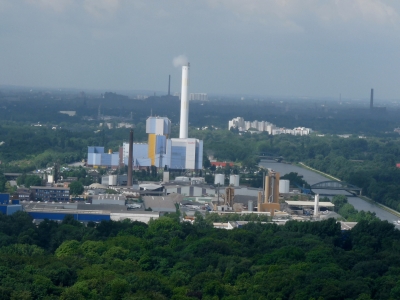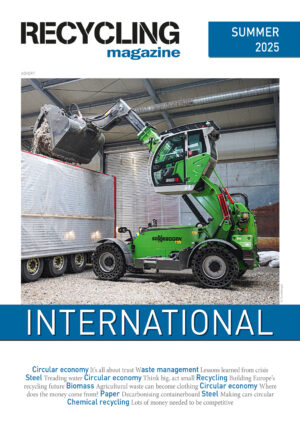Waste heat refers to energy or heat generated in different industrial processes, with no productive use. There are several sources of waste heat, such as cooling water from furnaces, combustion engines and others; combustion exhausts from glass melting furnaces, fume incinerator, cement kiln and others; process off-gases; and conductive, convective, and radiation heat losses. It has been estimated in various studies that 20% – 50% of industrial energy input is lost as waste heat. The waste heat loss can be minimized using waste heat recovery systems.
Waste heat recovery refers to the capturing and reutilization of waste heat for different purposes Some of the major uses of waste heat include water preheating, combustion air preheating, space heating, load preheating, steam generation, power generation.
Waste Heal Recovery Market
There are various methods for recovering waste heat from commercial ventures. The wellsprings of waste heat basically include release of hot burning gases into environment and heat exchange from hot gear outsides. Waste heat recovery unit is a regular heat exchanger, where heat is recouped from hot streams with high energy content. The most eminent waste heat recovery hardware includes HRSGs, mechanical warming boilers, and turbines.
Mechanical waste heat recovery is the procedure of catching and reusing waste heat, and gasses emerging from the modern procedures that would be generally lost into the climate. The waste heat recovery procedures can lessen energy utilization, operational expenses, and CO2 and nursery gas outflows.
The recovery of waste heat reduces the cost of operation in any industry, thus gaining wide popularity across the globe. For instance, preheating of combustion air can increase furnace efficiency up to 50%. The increased government initiatives, stringent regulations, and technological advancements are driving the growth of the global waste heat recovery market. However, the economies of scale and complexities in heat recovery would hinder the growth of the global market to some extent.
Based on application, the global waste heat recovery market comprises steam and power generation, pre-heating and others Whereas, based on end-user, the global waste heat recovery market comprises petroleum refining, chemical, cement, metal production and casting, natural gas compression, paper and pulp, and others. Among the various end-users, the petroleum refining segment held the largest share of the global market in 2015, and it is anticipated to retain its dominance during the forecast period.
During 2012-2015, Europe held the largest share in the global waste heat recovery market. The European waste heat recovery market is growing, due to early introduction of the waste heat recovery technology and environmental policies regarding curbing of industrial harmful emissions. The Asia-Pacific waste heat recovery market is expected to witness the fastest growth at a CAGR of 9.8% during the forecast period. The major reasons for the highest growth are strong growth in cement industry in the region. Moreover, the stringent environmental regulations and high energy demand are also supporting the growth of the Asia-Pacific waste heat recovery market.
Some of the key companies operating in the global waste heat recovery market include Siemens AG, General Electric Company, Amec Foster Wheeler PLC, Harbin Electric International Company Ltd, Dongfang Electric Corporation, Mitsubishi Hitachi Power Systems, ABB Group, China Energy Recovery, and Ormat Technologies.
The forecast can be ordered on the Research and Markets website.











